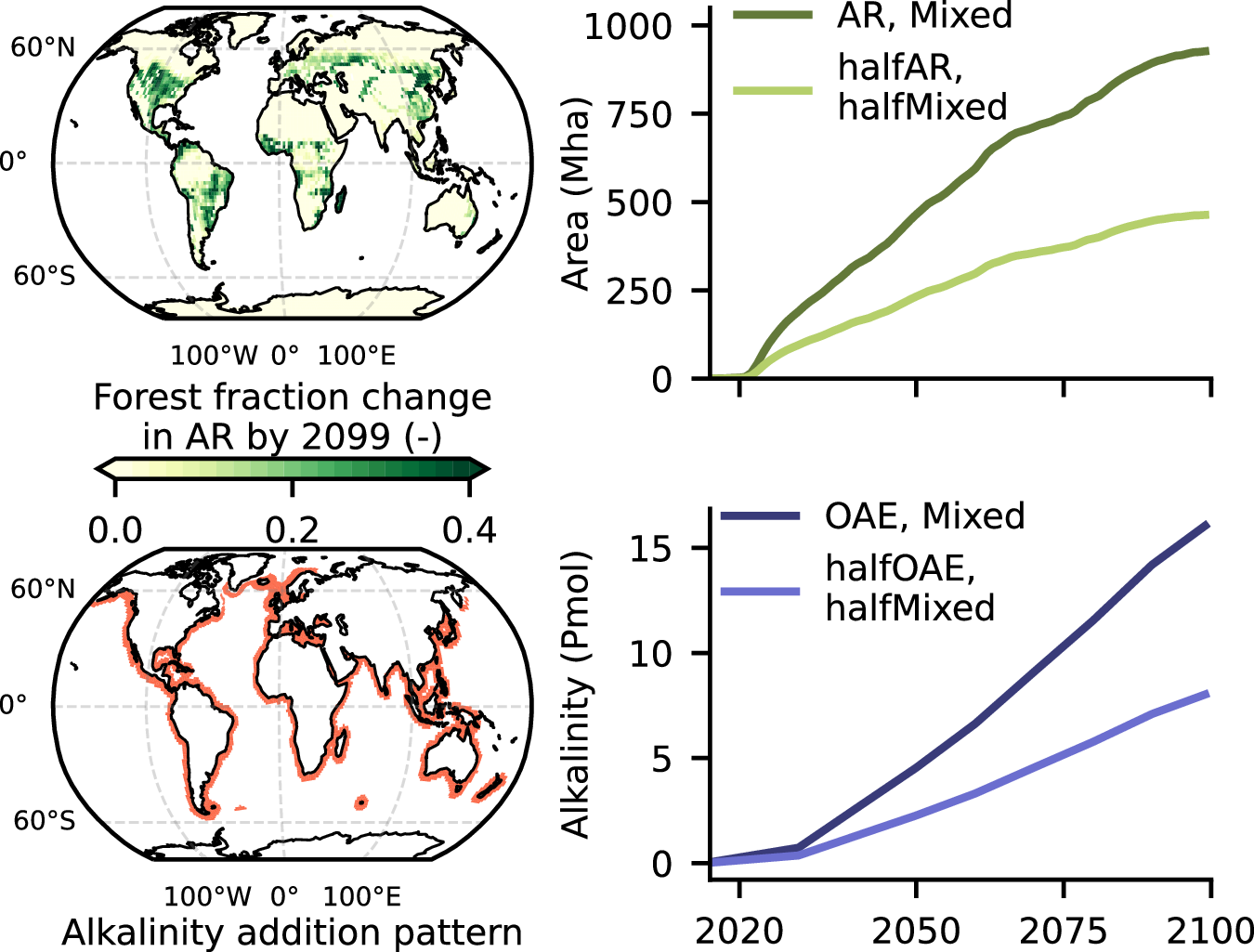2025-05-21 マックス・プランク研究所(MPG)

<関連情報>
- https://www.mpg.de/24758041/material-for-the-batteries-of-the-future
- https://pubs.acs.org/doi/10.1021/acsnano.5c04343
極厚電極を可能にするヘルムホルツ層におけるイオン移動度の向上 Enhanced Ion Mobility in Helmholtz Layer Enabling Ultrathick Electrodes
Yuanzhen Wang,Florian Aubermann,and Joachim P. Spatz
ACS Nano Published April 28, 2025
DOI:https://doi.org/10.1021/acsnano.5c04343
Abstract
A previously unknown mechanism for enhancing the diffusivity of lithium ions in liquid electrolytes is reported by immersing a charged copper surface in an electrolyte, which forms a laterally ultramobile Helmholtz layer at the copper-electrolyte interface. A microfluidic chip in combination with Raman spectroscopy and molecular ab initio dynamic simulations allowed for a quantitative study and mechanistic description of the diffusion enhancement. The synthesis of an ultrafine copper fiber fleece with a large copper surface area enables the fabrication of a 3-dimensional graphite/copper fleece composite electrode. Such electrodes demonstrate enhanced ion diffusivity and electrical conductivity compared to traditional electrodes without copper fleece but with copper foil. This electrode design allows electrochemically functional ultrathick anodes of up to 1.2 mm thickness and 32 mAh/cm2 areal capacity in half-cell format. The fleece electrodes use half the amount of copper compared to conventional foil-based electrodes and therefore provide significantly higher volumetric and gravimetric energy densities.



